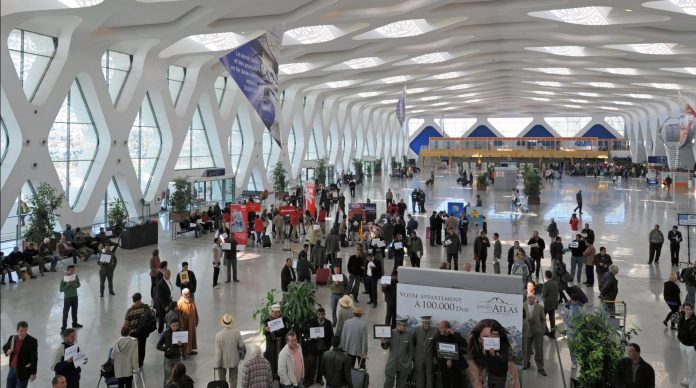Nearly 2.8 million Moroccans living abroad returned to the country between June 10 and August 4, 2025—a surge of more than 10% compared to the same period last year. The figures were shared by Omar Moussa Abdellah, who oversees the Marhaba operation for the Mohammed V Foundation for Solidarity. This spike reflects a strong wave of homecomings during the annual summer campaign designed to welcome members of the Moroccan diaspora.
During that same period, 838,360 vehicles entered the country, representing a 3.74% increase. Despite speculation that fewer people would be traveling this year, the numbers tell a different story. According to Abdellah, all major entry points have experienced robust traffic, and the Marhaba 2025 operation is running smoothly, both logistically and operationally.
Tanger Med Port continues to be the busiest hub, handling over a third of arrivals with 555,753 passengers and 175,808 vehicles recorded so far. On the air travel front, Casablanca’s Mohammed V Airport leads with 320,395 arrivals—accounting for a full quarter of all air entries into the country.
Since the beginning of the operation, teams from the Mohammed V Foundation have been stationed at rest areas and border checkpoints, providing more than 45,000 support services. These include nearly 3,000 medical interventions, as well as urgent assistance for vehicle breakdowns and emergency hospital evacuations.
Tanger Med’s passenger terminal has reported a 6% increase in foot traffic and a 4% rise in vehicles compared to last year. To handle the flow more effectively, authorities have implemented a series of measures, including bolstering police presence, increasing customs personnel, and streamlining border procedures.
Starting August 1 and continuing through the end of the month, access to the port is restricted to travelers holding tickets with fixed departure dates and times. The goal is to ease congestion and evenly distribute traffic. Travelers are urged to confirm sailing times through online platforms, service centers, or at designated rest stops, and to avoid high-traffic periods—particularly weekends and the final week of August, when demand traditionally peaks.





